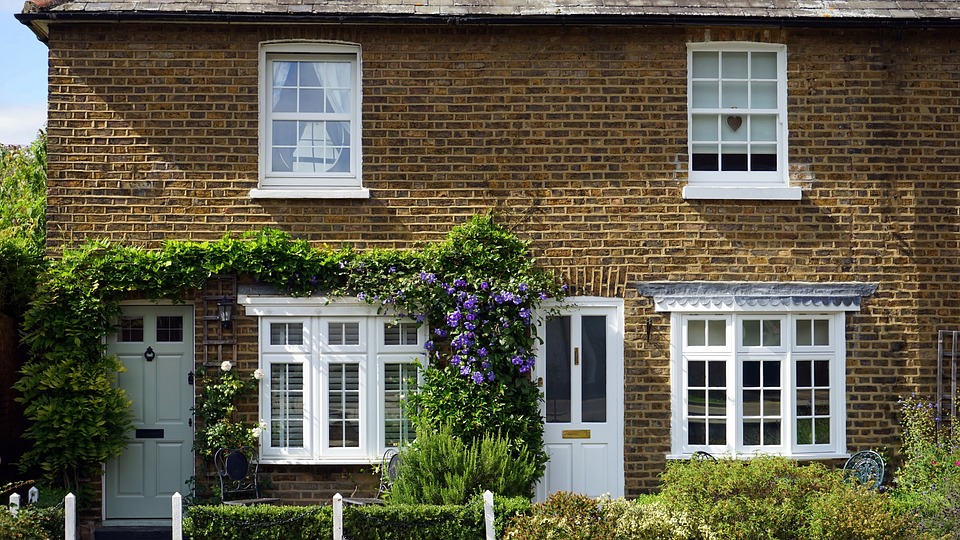For many investors, the finite nature of land translates into making property a safe, steady investment that diversifies a portfolio.
As ever in life though, if only it were so simple as just buying the asset – whether that is a building, an aircraft or a bond.
It’s not just what you buy that matters, it also matters how you buy it. This is especially true of property.
While a long-term, stable play, real estate is an illiquid asset. That means that you have to invest into it in a way that doesn’t lead you exposed to this fundamental fact.
The debacle around Neil Woodford’s Equity Income fund has highlighted how open-ended funds are not best suited to hold such illiquid assets. Open-ended funds by their very nature imply a promise of liquidity through redemption mechanisms funded by cash reserves or asset sales.
Despite the fine print warning of the possibility of “gating” and delays on redemptions, this is not what investors want or expect. If a fund suspends, as has happened with Woodford’s, it’s bad news for end-investors who find their money locked in when they did not expect it.
Ultimately, that doesn’t help anyone. Now the Bank of England is considering banning investors pulling their money out of open-ended funds at short notice if the underlying asset is hard to sell (of course, this includes real estate).
But while I would argue an illiquid asset like property is fundamentally mismatched to open-ended funds in their current guise, this shouldn’t take away from the fact that – when invested in the correct manner – property is a great investment.
Closed-end funds and co-investing are two investment structures much better suited to real estate, because they are not as fundamentally exposed to its illiquid nature.
As global macro uncertainty inches up, real estate is a solid play which investors will want it as part of their portfolio.
One of the prime real estate investment opportunities can be found in the UK’s build-to-rent (BTR) sector, which is far past the stage where it should be labelled as a niche or alternative asset class. It is accelerating into the mainstream, with investment predicted to reach £75bn by 2025.
That surge of investment is being driven by crystal clear market fundamentals.
The UK’s housing supply-demand imbalance has lasted for years, and will likely persist for decades given the past shortfalls in providing new housing.
However, the success of build-to-rent isn’t just down to a lack of homes, it’s about quality as well.
Renting through non-professional landlords remains a mixed experience for many, with the hassles of bills or having basic maintenance arranged often leaving many frustrated.
The sector is not just a London phenomenon – it is a solution that is being applied nationwide.
For regional cities, towns, businesses, and workers alike, this is good news. Build-to-rent can accelerate the supply of homes in regions, encouraging workers to move around more and help businesses outside of the capital attract top class talent.
Our partnership with Moda Living is primed to capitalise on this, with 6,500 apartments in key cities across England and Scotland.
Of course, any discussions about investing into the UK at the moment will have to consider the long-running Brexit saga. The uncertainty caused may make it harder for other assets and services to secure investment.
But this uncertainty appears to have increased institutional interest in build-to-rent, given its stable, income driven investment characteristics, and the clear long-term demand for more homes.
Property is a fantastic investment. Twain was right – they aren’t making any more land. What he should have added though was that you need to invest in it in the right way.
By Mervyn Howard
Source: City AM




